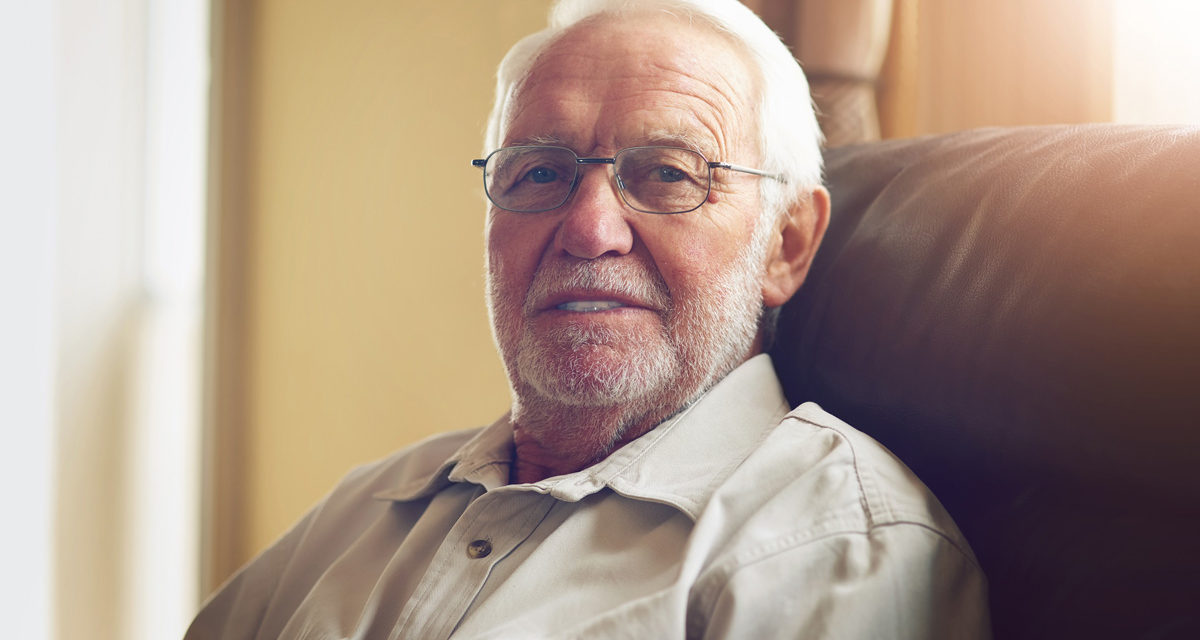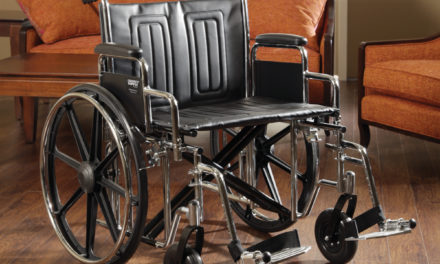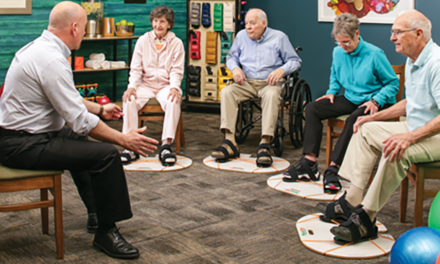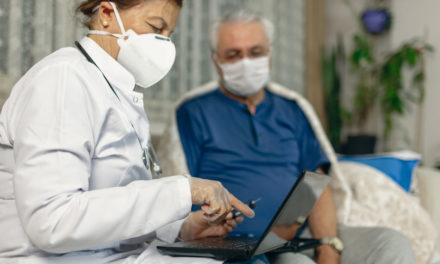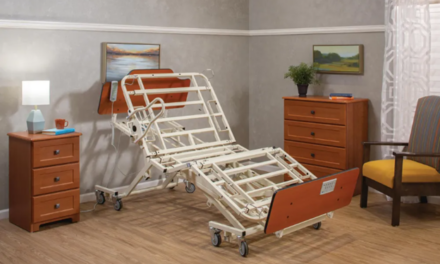How to Prevent Skin Breakdown with Preventive Measures and Healthcare Equipment
Skin breakdown is a condition that impacts the elderly in Senior Living and hospital patients in Healthcare Settings. It’s important for nursing care to prevent skin breakdown to provide the optimal quality of care and comfort patients.
Read on to learn about equipment and preventive measures for skin breakdown in your healthcare environment.
What is Skin Breakdown?
Skin becomes more fragile as we age. With less of a protective barrier, this increases skin injury risk factors. Skin can also become damaged from being in the same position for a long period of time. When the skin is deprived of blood flow, it can lead to pressure injuries, such as pressure ulcers and pressure sores. This is known as skin breakdown.
What Causes Skin Breakdown in the Elderly?
Prior to COVID-19, Senior Living residents may have exercised by walking to the dining area for a meal. Instead, social distancing required meals and other activities to take place in their rooms. As a result of long-term confinement and minimal opportunities for ambulation, residents may have been sitting or lying down more frequently than before the pandemic. This reduced activity may cause joints, muscles and skin to weaken, placing seniors at greater risk for skin breakdown.
Bariatric residents and patients with incontinence have an increased risk of developing skin breakdown due to inadequate blood supply from immobility and difficulty in keeping skin clean.
What Causes Skin Breakdown in Hospital Patients?
During a hospital stay, patients’ skin may be impacted by long bed stays and sitting in a single position for too long. Long staying patients may be susceptible to bedsores or pressure ulcers. Items in the hospital environment, such as unfamiliar soap and cleaning products may more easily dry out patients skin.
Nursing Interventions to Prevent Skin Breakdown
Identifying Limited Mobility
One way staff can help address skin breakdown in elderly residents and hospital patients is by identifying an individual’s mobility and positioning needs while he or she is seated, and leveraging equipment that may aid with skin breakdown prevention. Consider abnormal posture issues, such as posterior pelvic tilt or pelvic rotation due to the frequency of being supine or seated.
Take, for example, Mr. Smith, a resident who frequently slides into a posterior pelvic tilt. In this position, an enormous amount of pressure is driving down on his coccyx and greater trochanters, putting Mr. Smith at high risk for coccyx and hip wounds. To help correct this seating challenge, a cushion that is built up in the front, like a wedge, can be used to help with sacral sitting. These types of cushions help to position the pelvis back into the seat, which will redistribute pressure away from bony prominences.
See How to Select the Best Wheelchair Cushions for Your Residents >
In addition to cushions, several products can be used to help with preventing skin breakdown in the elderly, such as mattresses and assistive devices for seniors.
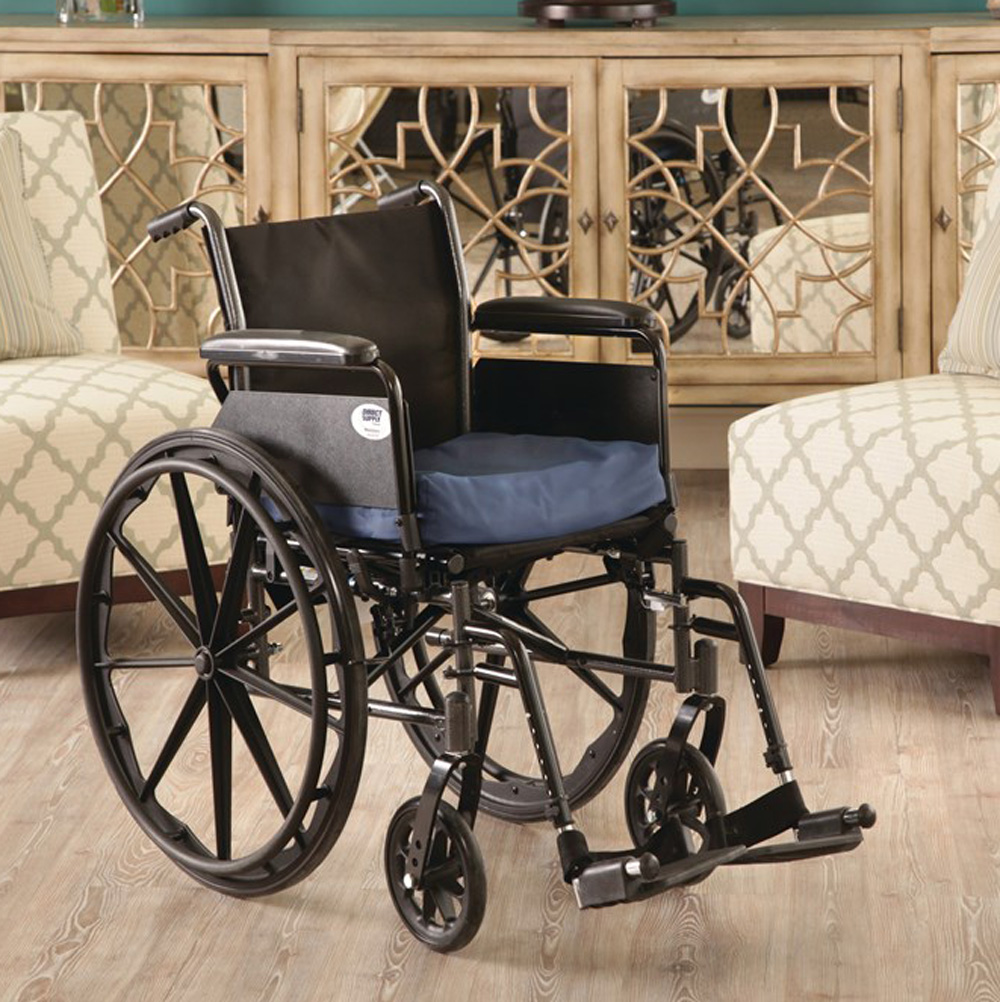
Strategies for Wound Care and a Skin Care Plan
To prevent skin breakdown and reduce pressure risks, identify a wound and skin care prevention plan for your staff. Beyond healthcare equipment, your healthcare professionals staff can follow preventive skin breakdown strategies with:
- Skin cleansers and barrier creams.
Ensure that you are avoiding care products that dry out skin. Consider quality skin cleansers, moisturizers and barrier creams to prevent skin breakdown.
- Proper nutrition and hydration
Senior Living residents and hospital patients who aren’t moving around, may not also be eating and drinking sufficient nutritional amounts, which could increase the risk of skin breakdown. Consider enhancing nutritional diets and fluid intakes in relation to skin condition. Learn how to promote hydration in your healthcare environment.
As you evaluate these particular products and skin breakdown preventive measures in your healthcare setting, here are some questions you can ask yourself:
Are you using an advanced pressure management surface under residents and patients with existing pressure injuries?
Previously healed pressure wounds place residents at a higher risk for skin breakdown, so pressure wound prevention is a top priority. Consider using air cushions with cells that are pumped up to help “float” the pelvic region. Other air cushions have closed cells that fill into compartments within the construction of the cushion.
Are you using a high quality pressure redistributing mattress with a breathable cover?
If so, be sure the resident is comfortable and not sitting “through” the mattress.
Does the mattress help offload pressure from the heels, such as having softer foam, or does it slope to float the heels?
A sloped heel section will help redistribute the pressure away from the heels and move to the resident’s calves. The calves are a bit meatier and better able to spread out the pressure.
Does the mattress have features like die-cuts, open-cell breathable foam and a breathable 4-way stretch cover?
All of those features will help create a cooler microclimate between the resident and the mattress.
Do your assistive devices allow independent residents to turn and reposition themselves while in bed?
Where applicable, residents could be offered an assistive device to help them safely move or reposition on their own in bed. This could be an assist bar, a trapeze or even a repositioning ladder.
Are slide sheets available to assist with repositioning the resident in bed?
Slide sheets are another way to reposition a high acuity resident in bed. Whenever possible, do not share slide sheets between residents. If they need to be shared, be sure to properly wash and disinfect between residents.
How to Reduce Skin Breakdown with Preventive Measures and Healthcare Products
From cushions to mattresses and more, you can find a huge selection of healthcare equipment for Senior Living from Direct Supply. Please contact us or call 1-866-300-4074 for product selection assistance. And be sure to visit our Insights page for more timely tips and information, such as finding the right air mattress for your residents’ needs.
